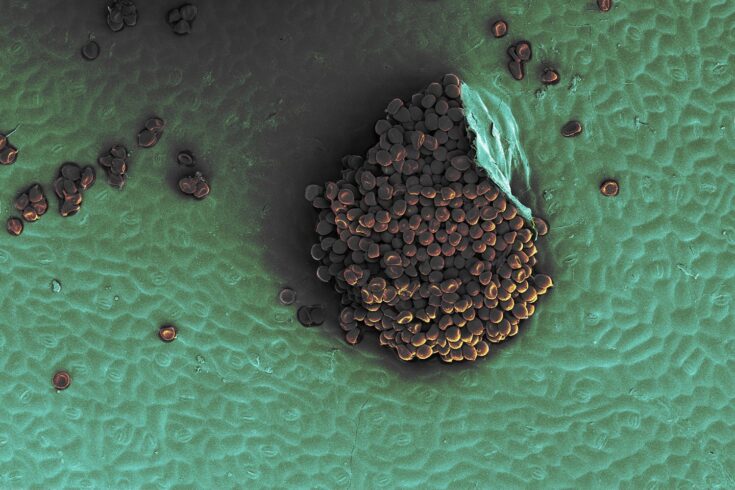The Biotechnology and Biological Sciences Research Council’s (BBSRC) first infrastructure strategic framework sets out a comprehensive approach to support the evolving needs of the UK bioscience ecosystem over the years to come.
The backbone of world-class bioscience
At the heart of BBSRC’s new framework is the recognition that research and innovation infrastructures are far more than just physical buildings or equipment.
Infrastructure is the cornerstone upon which world-class research is built and a fundamental driver of innovation.
Whether it’s high-throughput sequencing platforms or advanced imaging facilities, access to the right infrastructure at the right time is crucial.
It enables the UK bioscience community to push the boundaries of knowledge and translate discoveries into tangible benefits for society and economy alike.
A call to action
BBSRC’s framework isn’t just about providing researchers with access to state-of-the-art infrastructure, it is a call to action for the entire bioscience community.
The new framework acknowledges the importance of inclusivity and collaboration in driving bioscience research and innovation.
As such, it explicitly aligns infrastructure development with the diverse roles, skills and aspirations that make up the UK’s vibrant bioscience ecosystem, including:
- academic individuals, teams and institutions
- biotechnology entrepreneurs and business leaders
- research technical professionals
- users in business and industry sectors such as agriculture, pharmaceuticals, biotechnology and health
- users outside the core bioscience community who engage with and benefit from bioscience infrastructures
Fit for the future
BBSRC’s infrastructure strategic framework focuses on addressing today’s challenges while anticipating tomorrow’s demands.
Given the rapid advancements in technology and the increasing complexity of global challenges such as climate change, food security and pandemic preparedness, the framework sets the stage for adaptive, resilient and sustainable infrastructure.
Through strategic investments, partnerships and a commitment to innovation, BBSRC aims to future-proof UK bioscience, ensuring it remains at the forefront of global research and innovation.
Supporting a thriving ecosystem
Dr Amanda Collis, Deputy Executive Chair at BBSRC, said:
In a world where the pace of scientific discovery and technological innovation continues to accelerate, our infrastructure must not only keep pace, but anticipate and prepare for future challenges.
This new framework isn’t just a plan for infrastructure, it is BBSRC’s commitment to support a bioscience ecosystem that is as diverse, dynamic and forward-thinking as the community it serves.
As the UK’s major public funder of bioscience research and innovation, BBSRC is laying the groundwork for a future where bioscience can thrive, driven by infrastructure that anticipates the evolving landscape of discovery and responds to the challenges of the 21st Century.
Further information
Infrastructure strategic framework guiding principles
BBSRC-supported research and innovation hinges on access to high-quality infrastructure.
As such, the strategic framework is underpinned by seven key principles that will guide BBSRC in ensuring the UK bioscience community has the facilities it needs to conduct world-class research with meaningful impact:
- support a balanced portfolio of bioscience research and innovation infrastructures, from individual items of laboratory-based equipment to strategic investments that build regional, national and international capability
- actively engage in forward planning to maximise the alignment of infrastructure with user needs and wider government research and innovation priorities
- recognise the importance of the broad, diverse and highly skilled community that supports bioscience infrastructures, including its key role in managing infrastructure and delivering training, and the need to support continued professional development, retention and career pathways
- support state-of-the-art emerging technology and methods in infrastructure development and their use to advance research capability and discovery
- collaborate with partners across UK Research and Innovation, the UK and internationally to foster networks and links that maximise the value of investments and enable access for bioscience user communities
- responsible factoring of resource requirements, longevity, efficiency and sustainability in managing the infrastructure portfolio
- embed environmental sustainability considerations within our approach

